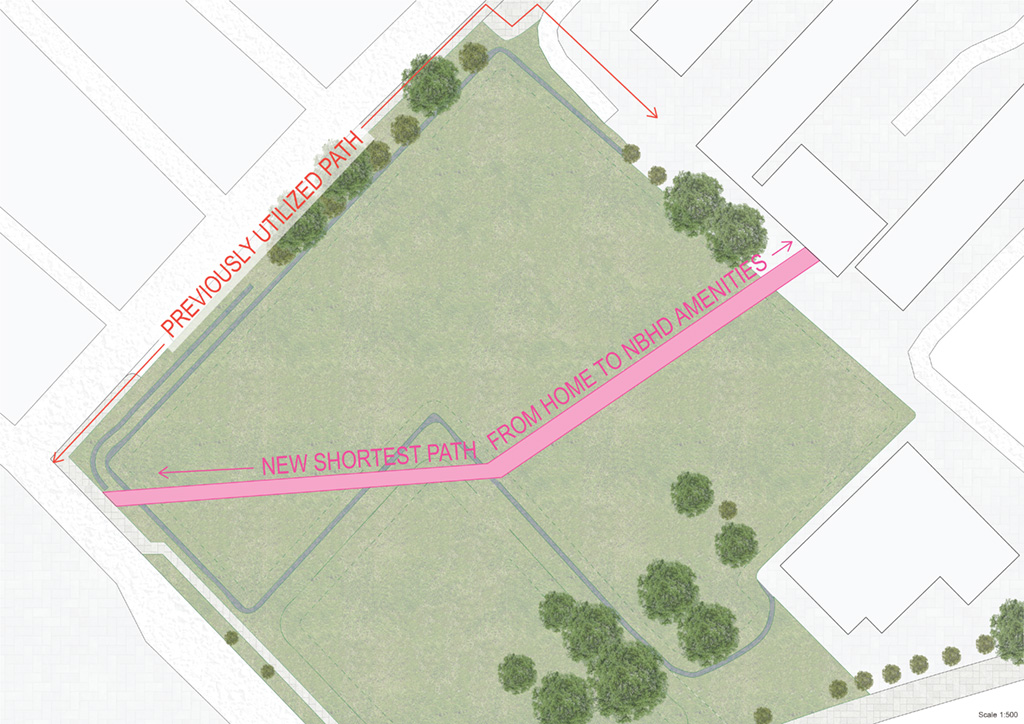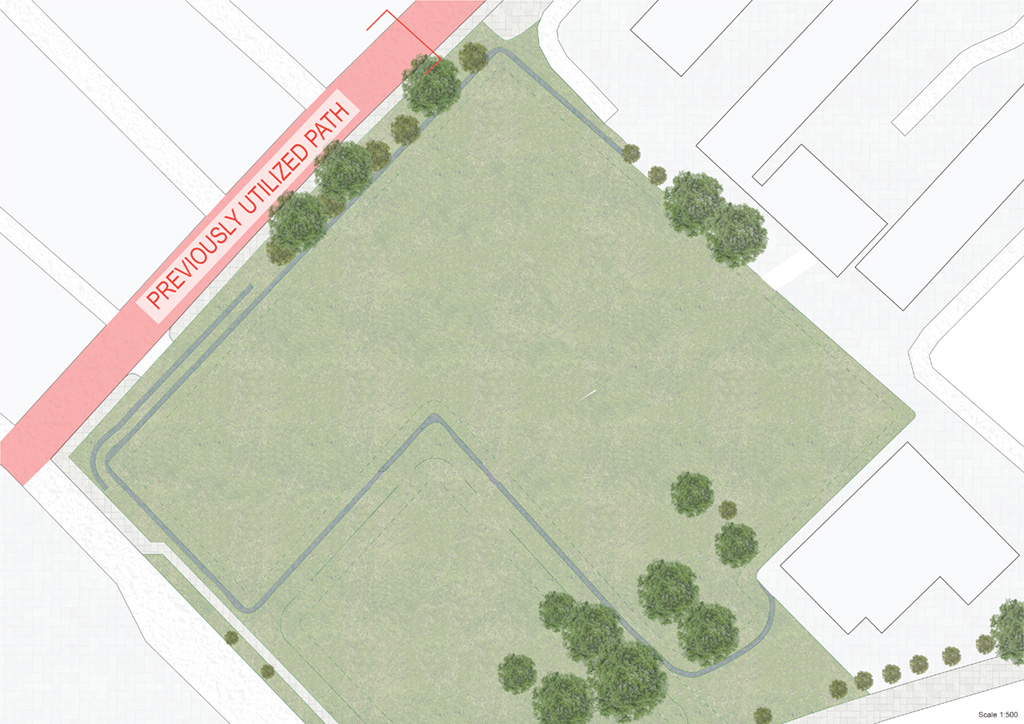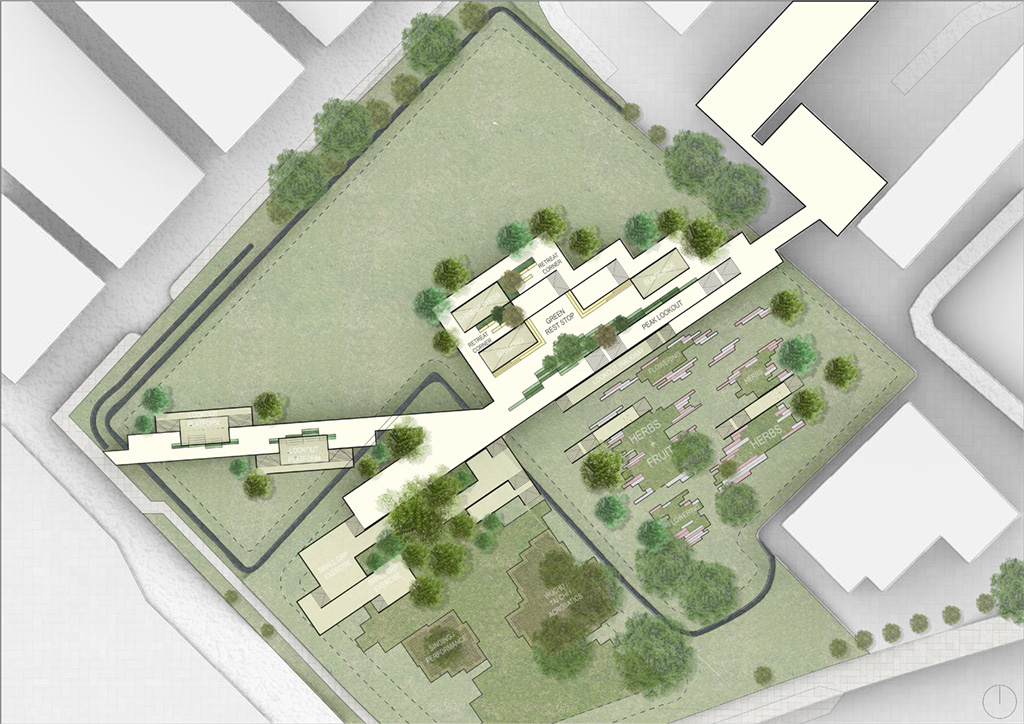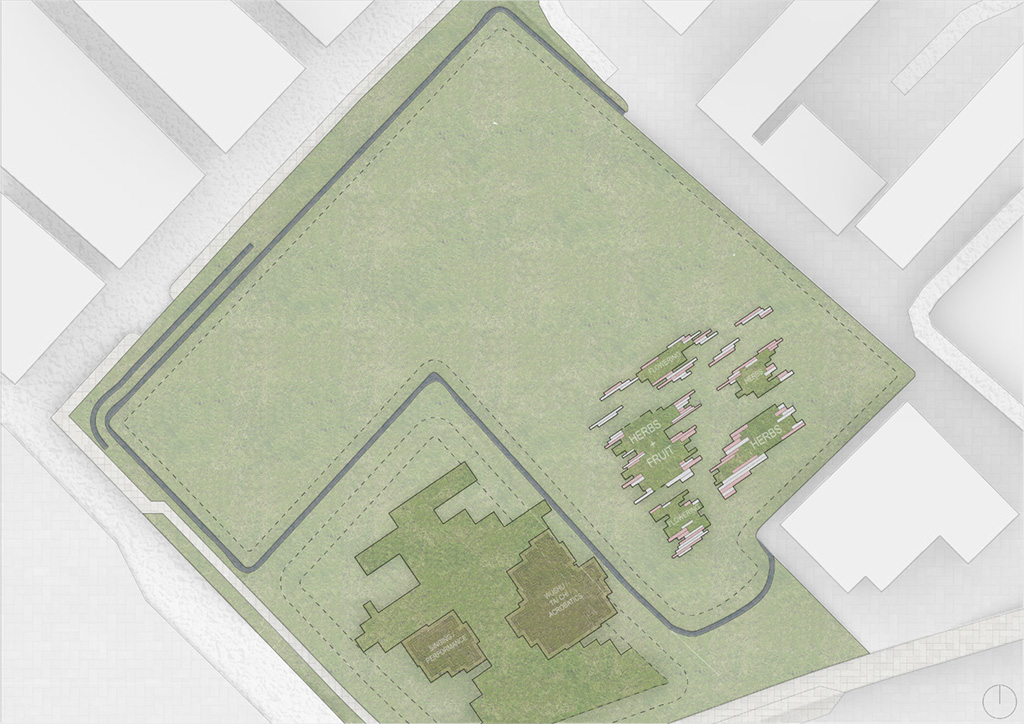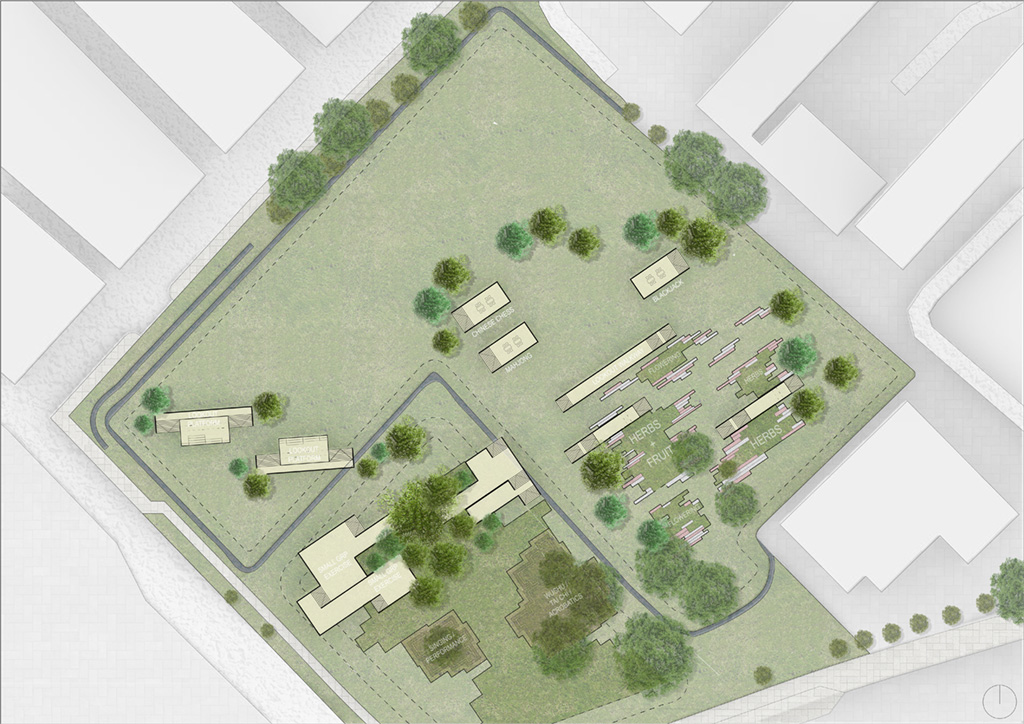The ‘Invisible’ Dialogues | Dysthymia
Nurul Nabilah Izzati (1002873)
‘Invisible Dialogues’ Studio
Here is what was presented during the final review presentation. First, I introduced the panel to the mental health topic that I chose to study, which is dysthymia. Since it is quite complicated and long-winded to explain, it was summarized in this introductory video as shown below. Here, I included a segment of my interview with my close personal contact who is diagnosed with dysthymia. This was followed by the formal definition, symptoms, and what are the corresponding interactions with the built environment such as kopitiams and void decks.
Following this video, there were more explanations on why elderly was chosen as a target group due to late treatment stage and vulnerability of our aging population. As for site, I then introduced the brief context as well as the problematic section along King George’s Avenue that created a lot of stressful scenarios through the lens of an elderly with dysthymia. Thus, coming to the first strategy of intervention which is to create a new desired path, discarding these stressors and creating a more safe day to day experience.
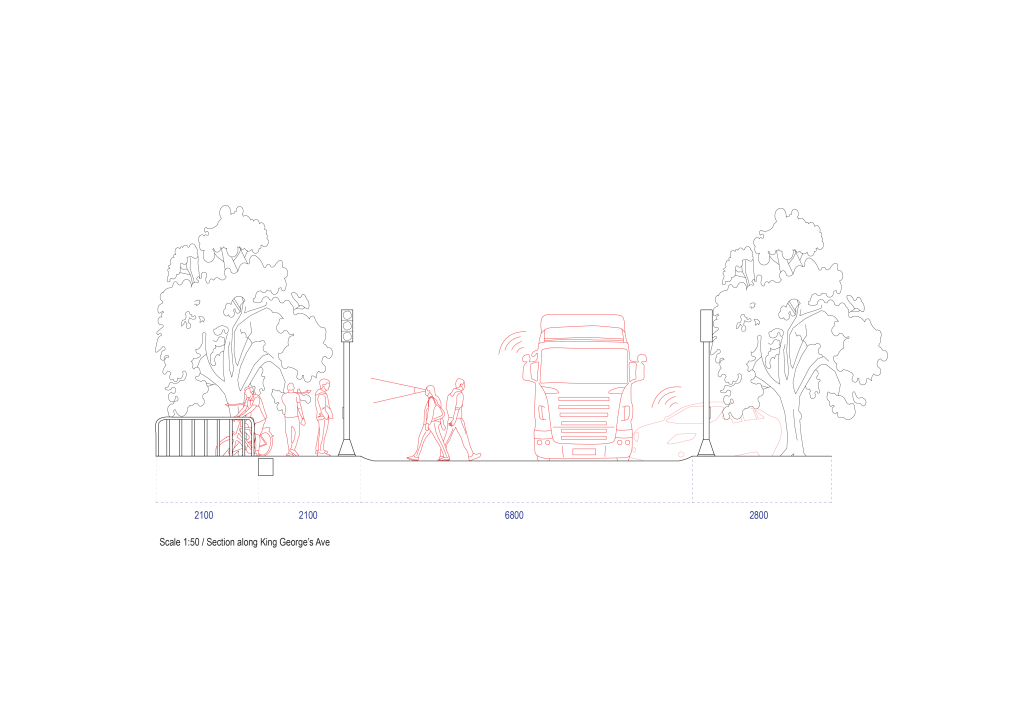
Another analysis revealed the need for more varied experiences in our senior-centric spaces. Through an interview with O’JOY Executive Director Mr Jin Kiat, it was revealed that there was a need to continue appealing to specific elderly programs. Although they are deemed as recreational activities, they have intrinsic values that contribute to the maintenance of their mental and emotional health, following the 8-dimensional wellness theory. This led to the study of how green spaces can be integrated into the programs, with specific reference to the topology of this green site.

Lastly, the concept of facilitating the 3 stages of dysthymia (isolation, inspiration, empowerment) came to fruition through sketches, followed by plans to activate the site through sectional relationships and some landscaping strategies. The priority is for elderly with dysthymia who are experiencing the isolation stage, to be able to get from their homes to their market place in the most efficient and desired path. However, the concept of this ‘TAMAN TEMAN’ project is to find ‘companionship (teman)’ through the natural environment by creating moments when the path diverge, expand, peel downwards or upwards, to provide options for their different moods or tendencies to move towards the inspiration stage when their minds tend to wander. The program spaces are anchored in the 3 zones, the exercise zone, the garden zone and the play zone, which are 3 concentrated zones at 3 distinct junctures along the pathway in order to appeal to those who are able to interact in the normal sense, and are self-motivated to participate in their community activities, creating a sense of belonging and routine for their day to day living.
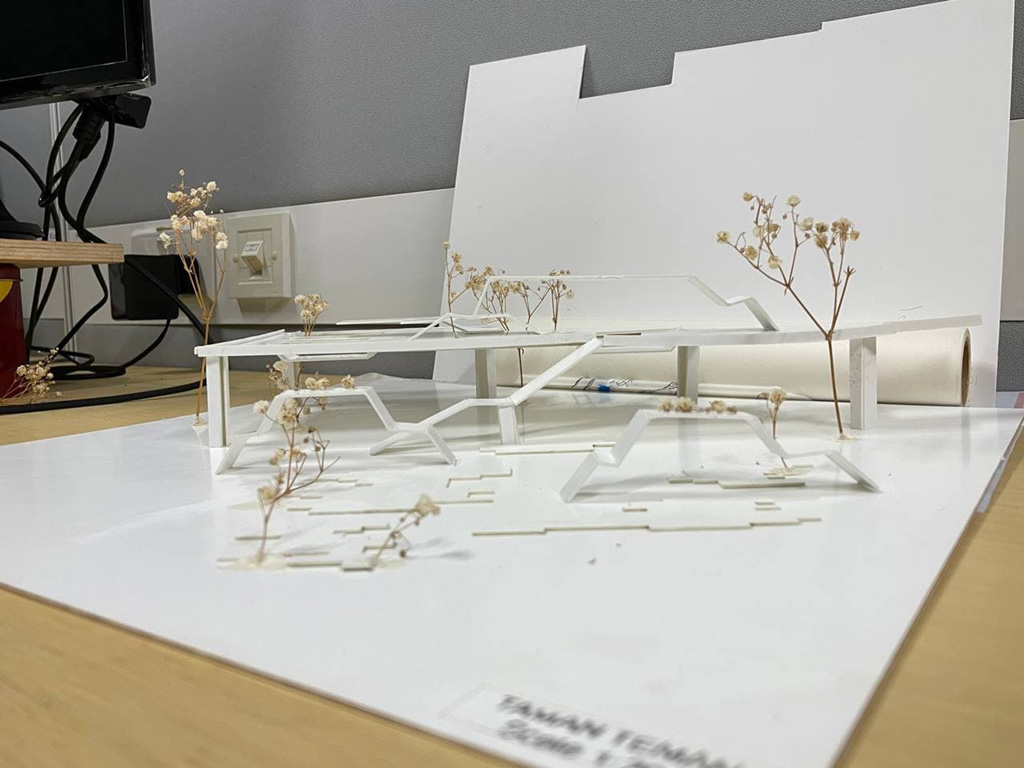
Original source from: http://asd.courses.sutd.edu.sg/option-studio-two/2021/08/15/week-13-final-review-3/
Categories: 20.112 Sustainable Design Option Studio 2, Core Modules, Curriculum Projects, Research and Projects, Student Projects, Sustainable Design Option Studios

